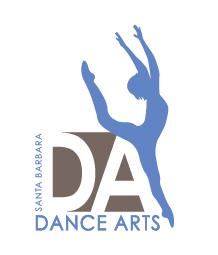Have you ever been in a dance class and realized that you still aren’t sure how the combination starts? Have you ever been at an audition and felt completely stressed about learning the choreography in time? Have you ever found it difficult to keep up with the rest of the cast?
If so, don’t worry! Learning choreography is tricky and requires training for your brain and body. Here are our biggest tips to help you pick up new choreography more quickly:
1. Observation
As tempting as it can be to start dancing as soon as the teacher begins a new phrase… don’t. You’ll be given time to try it on your own. The first step to learning is watching. Try to see all of the details, from the footwork to the pathway of the arms to the movement dynamics.
2. Go Slow
Once you’ve got a good mental image of what you need to do, give it a try! Don’t rush to get it perfectly right away. Instead, take it under-tempo and see where the sticky spots are. You can even try to break it down into singular elements. For example, do the footwork first. Then, try out the movements of the arms. Then, put them both together and work your way up to full-tempo.
3. Ask Questions
Once you’ve thoughtfully gone through and tried out the choreography, try to compare what you just did to the mental image you took of how it should look. Are there parts that you think you’re missing? Have you lost some of the details? Now is the time to ask your teacher, so that you have all the information you need as you continue to practice.
4. Focus On Transitions
Transitions are just as important as the big moments in a dance, so they deserve attention, performance, and practice. Don’t focus too much on each individual move and forget to put thought into how the movements will connect and flow together.
For example if you are coming off the floor, think of using your momentum and pelvis to help you get off the ground, articulate your feet, engage your core, and any use of your hands should be like icing on a cake, not the entire support for your body. Think about looking effortless instead of looking labored and exhausted.
5. Video, Journaling, and Practice
In my youth, we did not have iPhones! Now you can record your dance, practice it, and use your phone as a tool to watch yourself and perfect your movements. Use a journal to note your teacher’s comments after class so you don’t forget important feedback. Most of all practice! It will help you be more comfortable and confident on stage!
6. Take Class
The best way to develop muscle memory is to strengthen it by taking more classes, camps, and master classes. Picking up choreography is a skill to be mastered, and every opportunity to train is an opportunity to improve.
